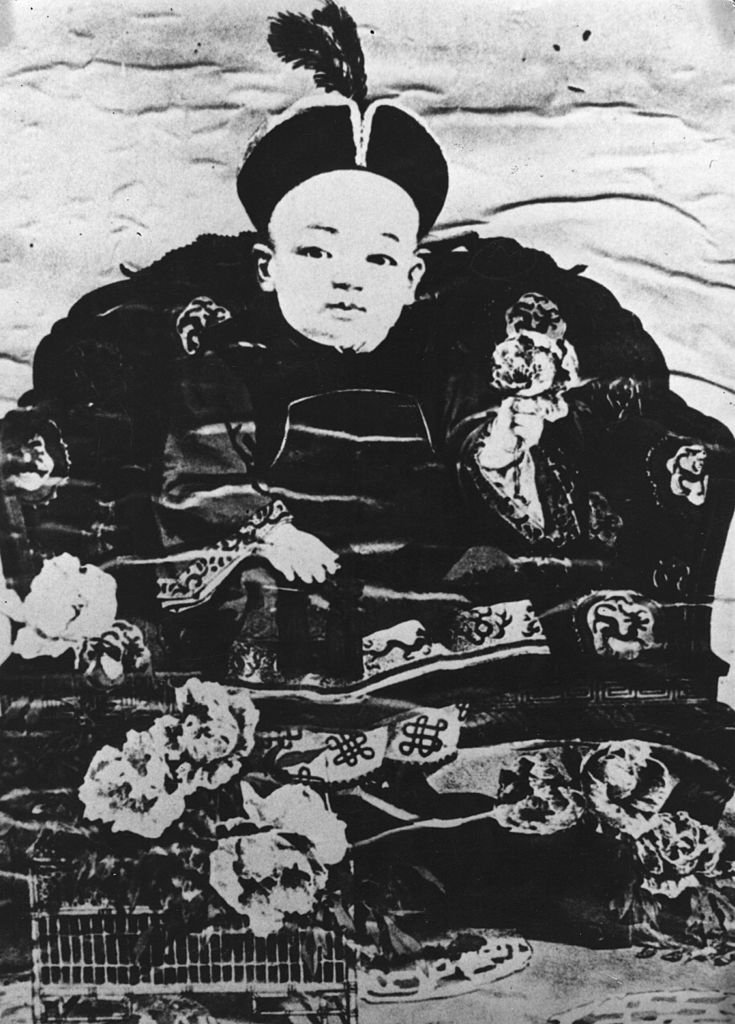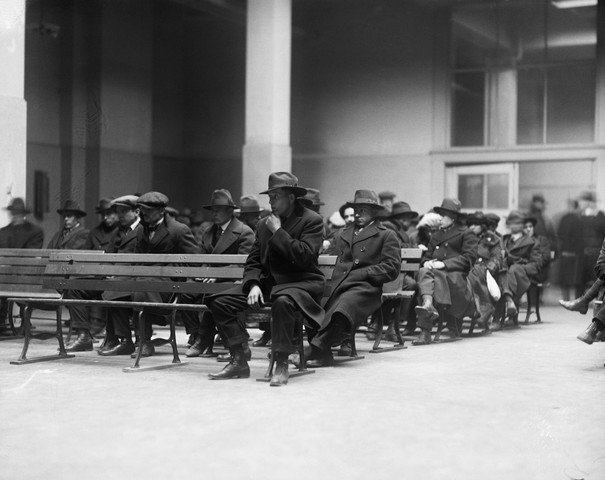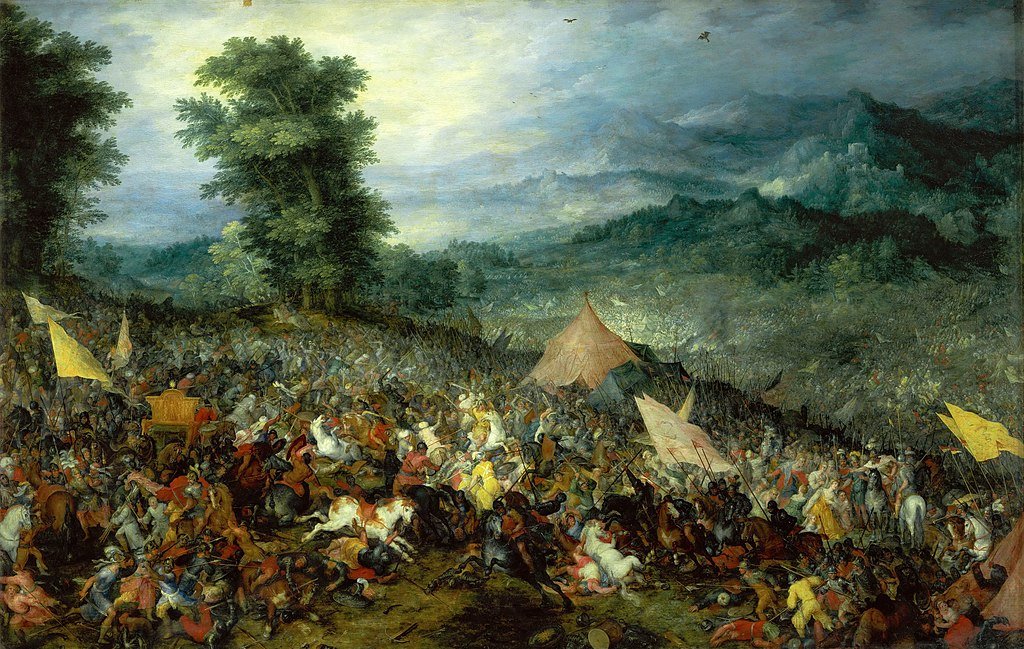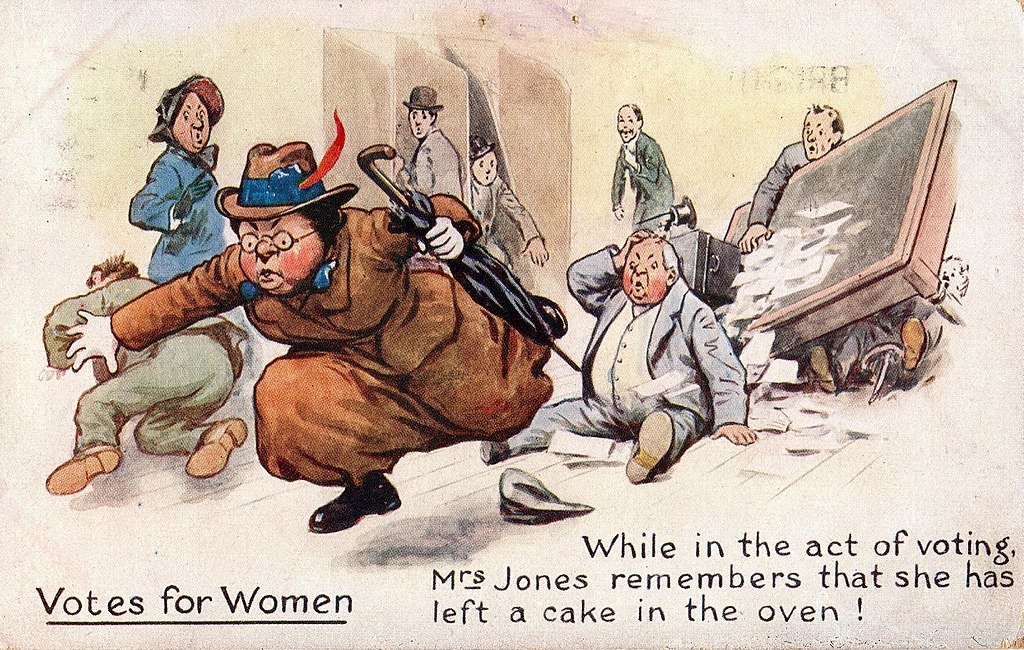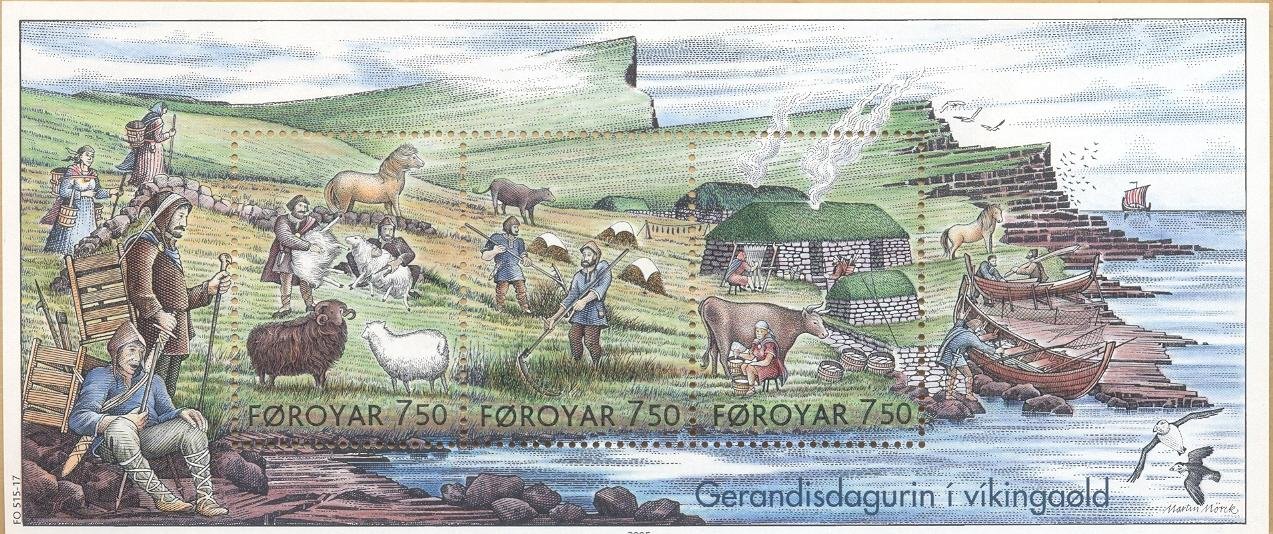From being a minority to building one of the biggest empires in the world, the Qings have left behind an impressive mark on not only the history of China but of the world. Although not all of it is glorious, the tale of how the Manchus came to be the Qings, the consolidation of power, and their humiliating final years after the Sino-Japanese War of 1894 - surely is a spectacle.
If you missed it, you can read Disha’s article on the First Sino-Japanese War here.
A portrayal of the last Qing Emperor, Puyi. He became emperor at 2 years’ old.
China under Qing Rule
The Manchus were skilled warriors and had already been a formidable force during the Ming dynasty. After uprooting the rule of the Mings, they laid the foundation of an empire that boasted of being the fourth largest in the world at the time. The clan was born in 1636 but it was in the year 1644 that they came to be the ruling dynasty of China.
The seventeenth century was the golden age of Qing imperial rule. Under the Kangxi, Yongzheng, and Qianlong emperors, China prospered and the period is referred to as the High Qing or shengshi. The empire expanded to an unparalleled size. The rule of the Qianlong Emperor was praised in Europe (1). Art and literature proliferated with special attention towards poetry. The Peking Opera also developed during this era.
After the Qianlong Emperor, the dynasty began its descent into infamy.
The population had increased dramatically towards the end of the eighteenth century. This led to the drainage of revenues (2). Migrations occurred in huge numbers as the landless population shifted towards less crowded areas. These added to the government's predicament in effectively administering the people (3).
Groups like Hans, Manchus, Tibetans, Mongols, and Uyghurs formed a multi-ethnic population. But they did not exist in harmony. At times, the non-Hans suffered intolerance from both the people and the administration leading to conflicts (4). This diverted the focus on repressing the conflicts rather than working towards integrating their cultural differences. The rulers, who were Manchus, were still viewed as "outsiders". Throughout their reign, the Qings faced numerous rebellions and uprisings that sought to overthrow them.
The administration during the later Qing era was riddled with corruption. The government did little to encourage trade and modernization. Whatever efforts were done in that field were done by private investors who did not have much power (5). The ritual practices of the period also acted as an impediment to the process of modernization. The ceremonies were ostentatious and the state was reluctant to stop them for changes made in matters of tradition could prove to be disastrous (6).
The bureaucratic system granted excessive power to non-Han officials. Higher-up positions were reserved for Manchus so that they could keep their Han subordinates in check.
Moreover, there had been no attempts to centralize the military out of the fear of giving too much power in the hands of the Han officials (7) and repeating history. The Manchus had seized power from the then-reigning Mings (if the short-lived Shun dynasty is to be excluded). The Ming dynasty was the last dynasty of China to be ruled by Hans. This paranoia could have been a factor in the difficulties in effective management.
Some of the societal facets which existed before the coming of the Qings continued during their reign, somewhat emboldened even. For example, the tradition of the civil service examination that had commenced back in the sixth century by the hands of the Sui dynasty was used to fill positions in the administration. Voltaire applauded this system stating no government could be better than the one in China (8). While it served the noble purpose of hiring qualified people in the government, it also widened the gap between the elite and the commoners. The society was marked with strict demarcations dividing the "respectable" and the lower classes. Those considered inferior were not allowed to give the civil service exam. Many endeavors were made to assimilate the different sections of society but one thing still withstood these changes. The disparity between the high society and the common man prevailed.
At the advent of the 1860s, the world had begun witnessing important events like the American Civil War, the unification of Germany and Italy, etc. This period overlapped with China's failed attempt at restoring the dynasty's declining domination, known as the Tongzhi Restoration, engineered by the Empress Dowager Cixi (9).
The Unequal Treaties
Treaties have been a crucial part of international law. Whether they are signed to end wars or form an alliance, the important fact that's solidified with a treaty is that the states have entered into an agreement. Throughout the nineteenth and twentieth centuries, several western powers made Asian and African states sign treaties that were unjust as they were advantageous for only one of the parties involved. It, however, has been argued that only the first three treaties were "unequal" and the later ones were more considerate toward China (10).
The Treaty of Nanjing, the first of the unequal treaties, gave extraterritorial rights to Britain by granting them Hong Kong. The Qing officials were ignorant of the meaning of these treaties. Apparently, they had no problem with the unfair clauses of the treaty and giving up their territories to a foreign country but were outraged that the name of their emperor was listed along with the monarch of the ‘barbarians' (11).
A major blow to the dynasty came with the Taiping Rebellion in 1850. Already undermined by their defeat in the First Opium War, the state of the Qing empire kept on deteriorating. During this period of political unrest, several rebellions ensued that weakened the integrity of the Qing rule even further. The emperor had to ask for help from regional leaders. These leaders had their own armies (12) and depended on the emperor for nothing, which questioned the superiority of the monarch.
For many years, imperial China had remained isolated. The people were not knowledgeable about the ways of other states, say of the West, that were busy colonizing. Russian officials saw an advantage in the tumultuous state China was in and used this vulnerability to acquire no small area of land along the Russo-Chinese border. The land they amassed was more than the size of Japan (13). Given all these circumstances, it was clear that the age of the High Qing was nearing its end.
After the First Sino-Japanese War
Anti-Manchu sentiments had started brewing since the end of the First Opium War but the defeat in the war of 1894 fanned it to an alarming extent (14). The dynasty had lost its glory earned during the High Qing era. The loss incurred by the empire by the Treaty of Shimonoseki was immense. Having to let go of the Liaodong peninsula in southern Manchuria, the homeland of the Qings, added insult to injury (15).
The political crises occurring in China distressed a scholar named Kang Youwei. Having lived in Hong Kong in his youth, he was impressed by the Westernization there. Taking the example of the modernization in Japan and Hong Kong he, along with Liang Qichao and some similar-minded people, advised the emperor to carry out similar reforms. In 1898, they started the Hundred Days' Reform but their suggestions were not to the liking of Empress Dowager Cixi. She declared herself regent and put the emperor under house arrest (16), thus putting a stop to the development of the movement.
A famine struck China in 1908 that took the lives of about 25 million people and was recorded as one of the worst in human history. This increased the people's dissatisfaction with the imperial rule. What followed was a series of revolts that would be called the Xinhai Revolution of 1911. Eventually, the Qing dynasty saw its last emperor abdicate in 1912 - putting an end to a reign that extended for about three centuries. While the war with Japan might have spurred the process of decline of the Qings but the fall of the dynasty was the culmination of years of resentment towards their rule.
What do you think of the impact of the War of 1894? Let us know below.
Now read Disha’s article on the Hitler Youth here.
Bibliography
Detter, Ingrid. “The Problem of Unequal Treaties.” The International and Comparative Law Quarterly 15, no. 4 (1966): 1069–89. http://www.jstor.org/stable/757143.
Fairbank, John K. “Introduction: the Old Order.” Chapter. In The Cambridge History of China, edited by John K. Fairbank, 10:1–34. The Cambridge History of China. Cambridge: Cambridge University Press, 1978.
Hsu, Immanuel C. Y. “Late Ch'ing Foreign Relations, 1866–1905.” Chapter. In The Cambridge History of China, edited by John K. Fairbank and Kwang-Ching Liu, 11:70–141. The Cambridge History of China. Cambridge: Cambridge University Press, 1980.
Paine, S.C.M. The Sino-Japanese War of 1894-1895: Perceptions, Power, and Primacy. Cambridge; New York: Cambridge University Press, 2003.
Rowe, William T. China's Last Empire: The Great Qing. Cambridge, MA; London: The Belknap Press of Harvard University Press, 2009.
Smith, Richard J. The Qing Dynasty and Traditional Chinese Culture. Lanham, MD: Rowman and Littlefield, 2015.
Wang, Dong. “The Discourse of Unequal Treaties in Modern China.” Pacific Affairs 76, no. 3 (2003): 399–425. http://www.jstor.org/stable/40023820.
References
1 S.C.M. Paine, The Sino-Japanese War of 1894-1895: Perceptions, Power, and Primacy, 'The Decline of the Old Order in China and Korea', 23-24
2 Ibid.
3 John Fairbank, “Introduction: the Old Order.”, The Cambridge History of China Vol. 10, 16
4 Richard J. Smith, The Qing Dynasty and Traditional Chinese Culture, 'The Qing Political Order', 89
5 Ibid., 'The Late Qing and Beyond, 1860-2014', 390
6 Ibid., 391
7 Paine, The Sino-Japanese War of 1894-1895: Perceptions, Power, and Primacy, 'The Decline of the Old Order in China and Korea', 32
8 Ibid., 'The Reversal in the Far Eastern Balance of Power', 13-14
9 Immanuel C. Y. Hsu, “Late Ch'ing Foreign Relations, 1866–1905”, The Cambridge History of China Vol. 11, 85
10 Ingrid Detter, “The Problem of Unequal Treaties”, http://www.jstor.org/stable/757143
11 Dong Wang, “The Discourse of Unequal Treaties in Modern China”, http://www.jstor.org/stable/40023820
12 Paine, The Sino-Japanese War of 1894-1895: Perceptions, Power, and Primacy, 'The Decline of the Old Order in China and Korea', 26
13 Ibid., 32
14 William T. Rowe, China's Last Empire: The Great Qing, 'Chinese Responses to Imperialism, 1895-1900', 236
15 Ibid., 'Imperialism in Fin de Siècle China', 234
16 Ibid., 'Chinese Responses to Imperialism, 1895-1900', 242

